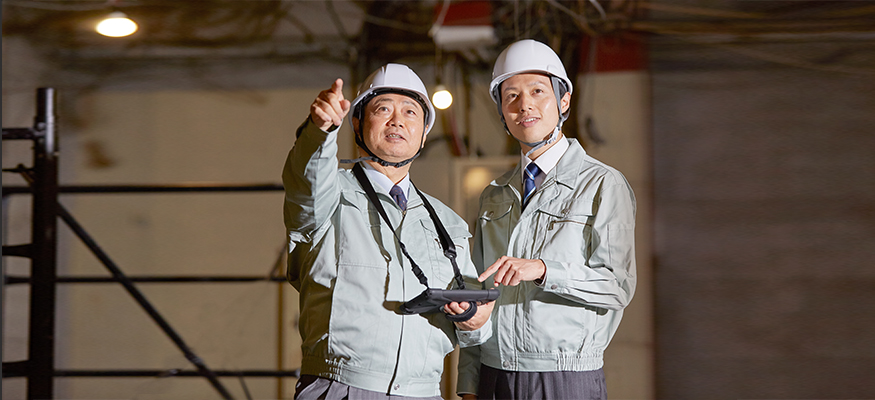労働災害の危険を未然に察知する力を磨く

危険感受性とは?
危険感受性とは、危険を未然に察知する能力ことです。近年、ベテランの引退、労働者不足などにより雇用の流動化が進行することで、実際の労働災害に接する機会が減少し、危険感受性の低下が懸念されています。労働災害の発生を防ぐためには、現場のどこに危険が潜んでいるのか、どうなれば事故が起こりやすくなるのかをいち早く感じ取れるように、危険感受性を高めていく必要があります。
危険感受性を高めるための3つの方法
- 危険予知(KY)活動
例えば、どうすれば足場からの転落事故が起こるのかを作業グループで話し合い、現場に潜んでいる危険を見つけ出して、事前に対策を講じます。 - リスクアセスメント
足場での作業に潜在するリスクを洗い出し、その作業によってどのくらいの頻度で事故が発生するのか、どの程度のケガが起こりえるのか、それぞれのリスクの大きさを見積もって、リスクの高いものから対処していきます。 - ヒヤリハット事例の共有
現場作業中にヒヤリとしたり、ハッとさせられた経験を報告し合って、一緒に対策を考えることで、類似の危険を回避できるようにします。
※掲載写真はイメージです。
※記事内容はすべて日本でのケースです。